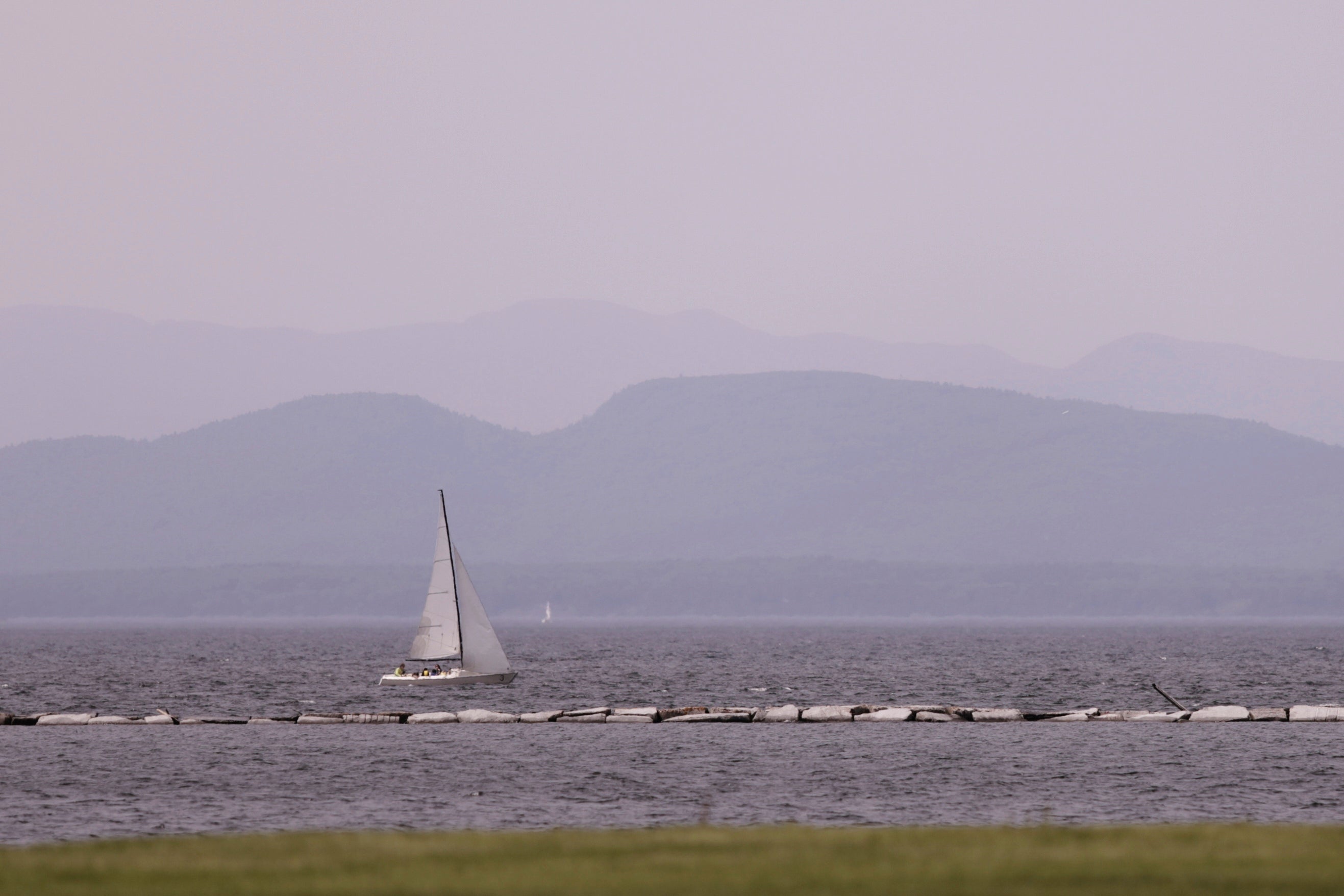Canada wildfires: How to keep yourself safe as smoke from deadly inferno reaches Europe
‘Very unhealthy’ air quality has been reported in many areas
Smoke from the deadly Canada wildfires is blanketing parts of the US and Europe, causing widespread air quality concerns.
The Environmental Protection Agency has reported "very unhealthy" air quality in the Midwest, Northeast, and Great Lakes regions of the US, prompting expert recommendations for precautionary measures.
The EPA's Air Quality Index (AQI) translates pollutant levels into a single, easily understandable number: the lower the number, the better the air quality.
An AQI below 50 is considered "healthy," 50 to 100 is "moderate," 100 to 150 is unhealthy for "sensitive groups," and anything above 150 is hazardous for everyone.
On Wednesday, the Air Quality Index in many parts of the Upper Midwest hovered around 160.
Dr Sanjay Sethi, chief of pulmonary, critical care, and sleep medicine at the University of Buffalo's medical school, said that sensitive groups include individuals with asthma, lung disease, or chronic obstructive pulmonary disease, who are particularly vulnerable to the effects of poor air quality.

“If you have heart or lung problems, then you’ve got to be definitely more careful," Sethi said.
"I would either avoid going outside or wear an N95 (mask) or at least a dust mask.”
Is my air unhealthy?
Sometimes the air is bad enough to see or smell the smoke. Even if you don't see the pollution, it can be unhealthy to breathe.
The EPA maintains a website with up-to-date, regional air quality information. PurpleAir, a company that sells air quality sensors and publishes real-time air quality data, has a citizen scientist, air quality monitoring network with a more granular map of street-by-street air quality readings.
The best way to get indoor air quality readings is to buy a monitor, said Joseph Allen, director of Harvard University's Healthy Buildings Program.
“You can find these low-cost, indoor air quality monitors just about everywhere online now. They don’t cost all that much anymore,” Sethi said.

What if I have to go outside?
For most people, going outside for just a short time won't have a negative long-term impact, said Sethi.
Wearing an N95 mask, which became common during the coronavirus pandemic, will help filter out the pollution.
“N95 is going to get rid of 90-95 per cent of the particles,” said Jennifer Stowell, a research scientist at Boston University’s Center for Climate and Health.
“If you have access to a mask that has a respirator-type attachment to it, then that’s the very best.”
If you must be outside and you experience symptoms, experts say you should head indoors or somewhere else with better air quality. Even if you are healthy, it’s good to take precautions.
"If you start wheezing, which is like this whistling sound of the chest, or if you’re feeling short of breath, that’s definitely more concerning,” Sethi said.
How do I make my air cleaner?
Close the windows and turn on the air conditioner, if you have one, setting it to circulate the indoor air. Use blankets to cover cracks that allow outside air into your home, such as under doors.
Finally, swapping the air conditioner's filter for a MERV 13 filter can help, though you should make sure it's installed correctly.
“If you happen to have access to an air purifier, even if it’s just a room air purifier, try to keep it running and in the room that you’re doing most of your activities in,” said Stowell.
Join our commenting forum
Join thought-provoking conversations, follow other Independent readers and see their replies
Comments